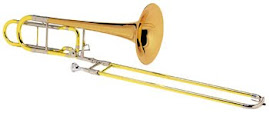
There are a number of things you can practice with the mouthpiece alone if you know what you're doing. Mouthpiece practice can be a good time to experiment with the exact sequence of events you do when you start from rest, take a breath, and begin a pitch. You can look in a mirror to examine the efficiency of that sequence.
Norman Bolter has a set of exercises for extending the effective buzzing range that I thought he had published, but I don't see it on his website. The great trumpet player and teacher Jim Thompson has published "The Buzzing Book" which is an excellent systematic approach to aperture control. Great stuff.
Charlie Vernon's recommendation is to simply buzz tunes off the top of your head, for the organic exercise of using your lips as vocal chords. Just sing with your lips...that simple! That said, he does also recommend buzzing etudes and checking your pitch at the end to see how well you stayed on.
I like to buzz tunes that involve staccato articulation in addition to legato, so that I'm practicing centered pitch right from the front of every note, without minute adjustments after the starts of notes.
Mike Roylance recommends doing the Jacobs melody:
starting at the 2nd partial of your instrument, and going down chromatically an octave from there. He does this as a daily routine. I do it from low F down to pedal F most days, which feels GREAT. However, I have to be careful to keep my embouchure in a simple form, not screwing my face into weird positions to get the lowest notes out.












No comments:
Post a Comment